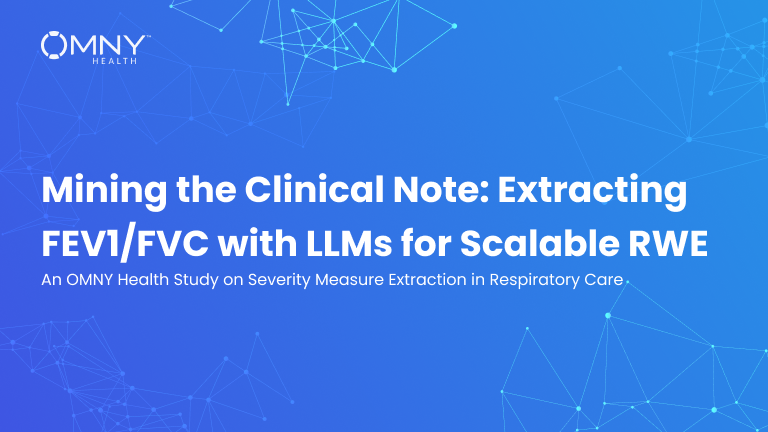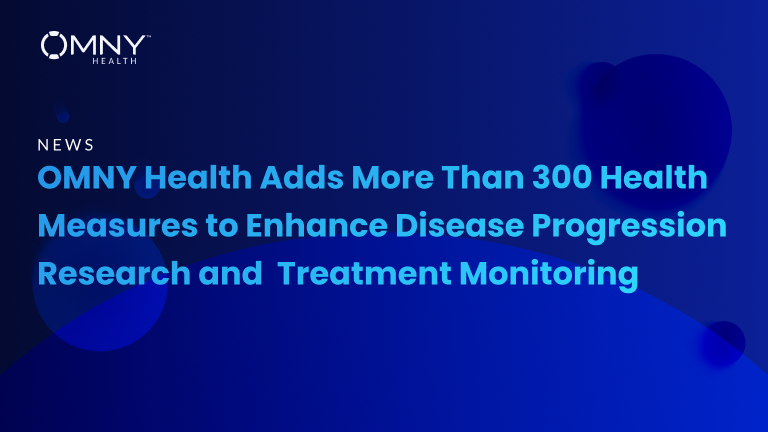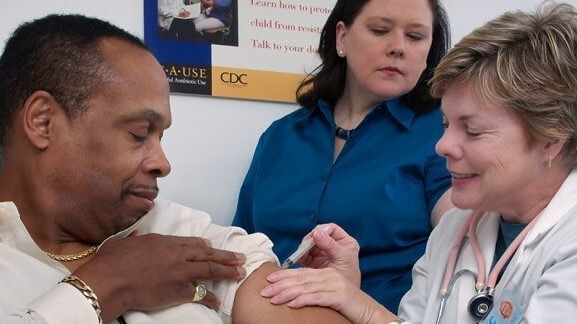Improving outcomes, lowering costs, and increasing quality — in healthcare, these three objectives are known as the “triple aim.” How does investment in healthcare data and analytics help health systems achieve these goals? This question is important. Too often in this field, workers focus on the “how” while ignoring the “why.” It can be relatively easy for data and analytics teams to build an app or a notebook that “looks cool” or grabs some attention on social media by demonstrating a new functionality; however, the challenge is applying that work towards the healthcare triple aim.
So how exactly can data and analytics teams contribute towards the healthcare triple aim? At a high level, here are four ways:
Invest in open-source tools
Sometimes, analytics teams rely on certain tools or software with less favorable properties than others. Some tools are not suited for big amounts of healthcare data and may have file size limitations; some rely on a learning curve that includes “learning where to mouse-click”; some may require expensive licenses. Clinical and healthcare analytics experiences indicate that the future lies in tools that rely/focus on the following: (1) knowledge of coding; (2) open-source, community-based development; and/or (3) repeatable, reproducible, and programmatic processes.
Embrace new analytics technologies
The field of healthcare can be resistant to change. For example, when automated blood pressure machines were introduced to hospital wards, there was some hesitancy and disbelief that automated cuffs could accurately take blood pressure. Today, these cuffs are a mainstay in hospitals and free up precious time of nurses to achieve other care needs. Analytics technologies that face similar skepticism include specific types of artificial intelligence, including machine learning, deep learning, and natural language processing.
Align with healthcare systems towards product development
To ensure that time consuming product development will benefit health systems, it is important to involve health systems at multiple points throughout the process. For analytics applications, this involvement often involves using a modern agile approach that focuses on rapid sprints and repeated healthcare system touchpoints, releases, iterations, and improvements of a product, rather than a traditional waterfall model that focuses on a single, lengthy iteration of the software development lifecycle.
Take advantage of new payment models and government incentives
As the United States switches from a fee-for-service payment system towards a value-based care system that rewards quality over quantity of healthcare services, the government is offering many financial incentives for health systems to improve outcomes, quality of care, and satisfaction. An overview of such programs at the federal level can be found here: https://www.cms.gov/Medicare/Quality-Initiatives-Patient-Assessment-Instruments/Value-Based-Programs/Value-Based-Programs .
Generating useful insights from healthcare data through analytics is not a one-day project — it can take weeks to several years for relevant teams to achieve desired goals, depending on the bottom-line impact amount and the project. These four high-level ideas described above can serve as a starting point to extract value from healthcare data. Looking forward to bringing you more webinars and blog posts throughout the year that will focus on specific, lower-level techniques and tools for creating knowledge and value from healthcare data.
About the Author:
Vikas Kumar, MD, MS is a Senior Data Scientist at OMNY Health where he works on data science projects that focus on real-world clinical evidence, machine learning, and natural language processing. In his spare time, he has also authored a book on healthcare analytics, contributed to two online healthcare informatics courses, and currently serves as a teaching assistant for a graduate level data science course at the Georgia Institute of Technology. He holds a Doctor of Medicine degree from the University of Pittsburgh and a Master of Science in Computational Science and Engineering degree from the Georgia Institute of Technology. s across the country in order to help guide the development of innovative solutions that can sustainably impact patient care.





